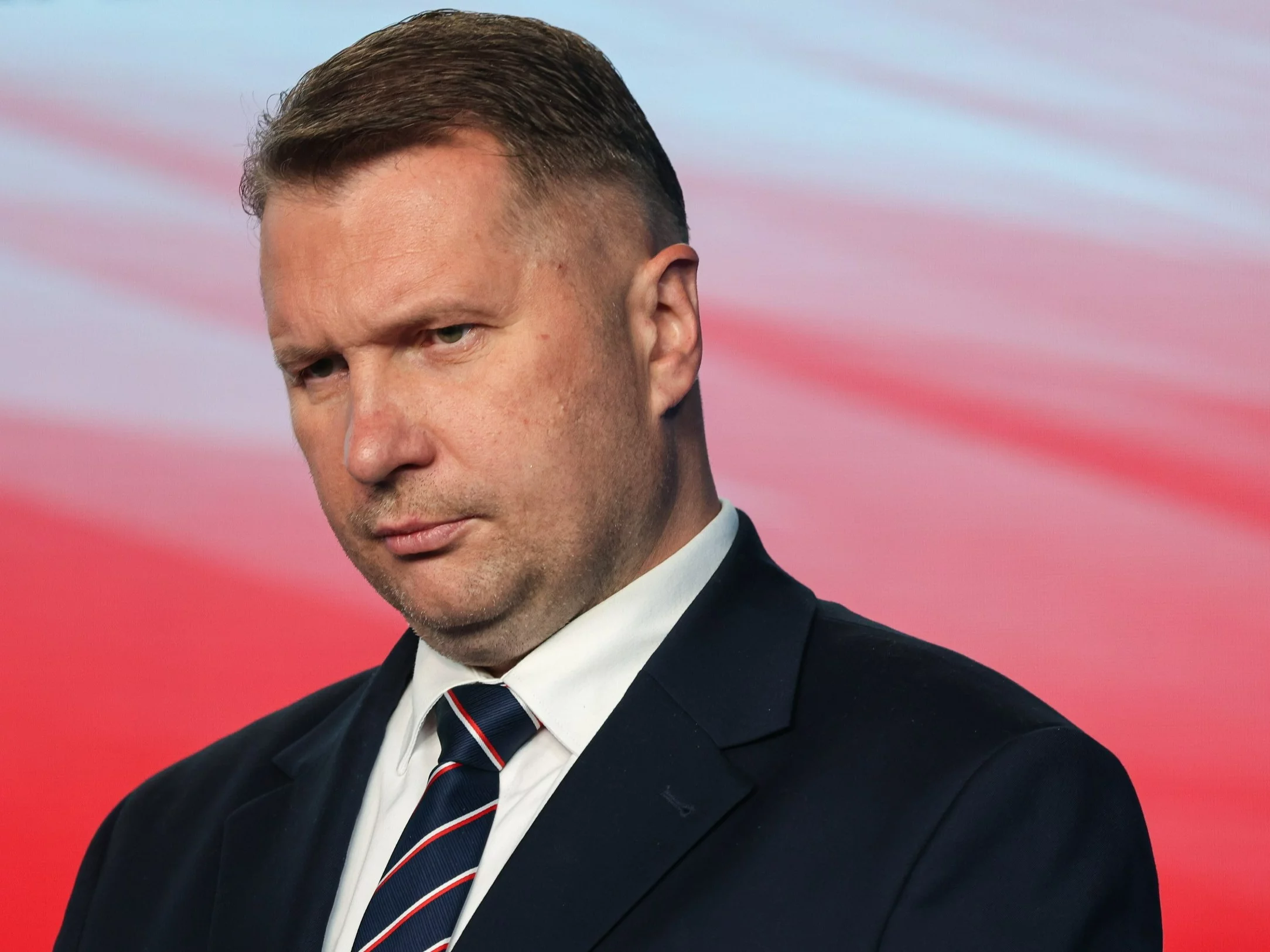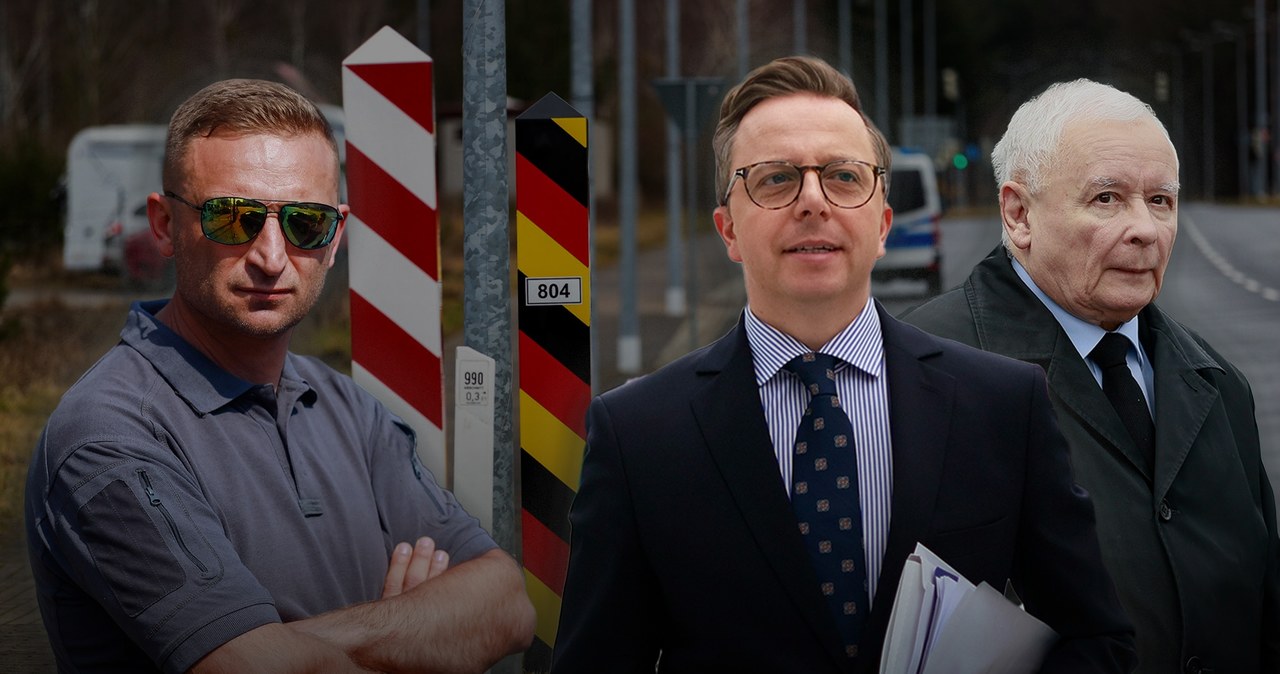In the spring of 1025 something happened in Gniezno that forever changed the past of Poland. Boleslaw Chrobry, the erstwhile prince, was crowned king, thus becoming the first monarch to bear this dignity in the past of the country. This coronation was a breakthrough – both symbolic and political.
Although long awaited, it was not only a spiritual act – in fact it was a manifestation of the independency of the young Polish state on the global phase and the sealing of the ambitious dynasty policy of the Piasts.
As early as the turn of the 10th and 11th centuries Bolesław Chrobry successfully developed and strengthened the Polish state. His political ambitions went far beyond the conventional boundaries of princely power. He wanted Poland to be recognized as a kingdom, and he himself as a full king, which was of large importance not only prestigious but besides applicable – it gave greater autonomy and strengthened interior power. An crucial step in this direction was the acceptance of the baptism by Mieszko I in 966, which opened Poland to Christian Europe.
In 1000, during the celebrated Gniezno convention, Emperor Otton III made a pilgrimage to St. Wojciech's grave. It was then that the symbolic act – the emperor, fascinated by the imagination of universalistic Christian Europe, imposed his diadem on Bolesław's head. In the Polish historical tradition, this motion is considered to be the announcement of the future coronation, although it had no legal effects at the time. This event strengthened Bolesław’s position and gave hope of becoming king in the future.
Unfortunately, these plans were postponed due to Otto III's premature death in 1002. His successor, Henry II, did not share his predecessor's imagination and entered conflict with Bolesław. The years 1002–1018 were marked by wars and tensions between Poland and the empire. It was only the peace in Budziszyn in 1018 that ended this phase of uncertainty, although it did not mean a complete agreement on coronation.
The real chance came only after the death of 2 figures on the European political scene – Emperor Henry II in 1024 and Pope Benedict VIII. Their departure created a temporary political and diplomatic vacuum from which Bolesław Chrobry skillfully benefited.
Without waiting for the approval of the fresh Emperor Konrad II, or the fresh Pope John XIX, Bolesław decided to organize the coronation himself, not asking for approval from Rome or the empire. This was an highly courageous move, which entailed any hazard of global rejection, but besides demonstrated full independence. The coronation most likely took place on April 18, 1025, Easter Sunday – an highly symbolic day in the Christian tradition.
The ceremony took place in the archaeology of Gniezno, a peculiar place due to the presence of the relic of St. Wojciech – a martyr and patron of Poland. Gniezno, the center of the spiritual and political life of the country, was the perfect scene for specified an crucial event. The celebration was not only liturgical but besides national and national.
The importance of coronation – a manifestation of sovereignty and aspirations
Bolesław Chrobry's coronation was not just a fulfillment of his individual ambitions. It marked the authoritative designation of the Kingdom of Poland – an entity independent of the emperor and at the same time equivalent to another European monarchies. In the mediate Ages, the royal title bore not only prestige but besides serious consequences in diplomatic relations. Poland ceased to be a principality subordinate to Rome or imperialism – it became an independent Christian kingdom, having its own king from the anointing of God.
Gaining a crown besides strengthens the authority of the monarch within the country. The king was not only the ultimate chief and administrator, but besides the anointed of God, which had spiritual and legitimacy significance. The coronation gave a clear signal to the subjects that Bolesław's power came from God, and his individual stands above powerful and possible interior contenders.
Tragically short epilogue – King's death and continuation of the work
Unfortunately, Chrobry did not enjoy royal dignity for long. He died on June 17, 1025, just little than 2 months after the coronation. Despite his short reign as king, his work proved permanent. In the same year, his son, Mieszko II Lambert, was crowned, indicating the continuation and acceptance of the thought of monarchy within the Piast dynasty.
The coronation of Housing II was no longer specified a clear political success – shortly after taking power, he faced raids from Germans, Czechs and Russians. Poland was ravaged and Mieszko himself had to flee temporarily. However, the fact that after him the successive rulers returned to the thought of the kingdom (although formally only Kazimierz the Renewalist restored stability) shows how strong the foundation Chrobry created.
The spiritual and Ideical Meaning of Coronation
Nor can the spiritual dimension of coronation be overlooked. Since the baptism of Poland in 966, the country has been pursued as closely as possible into the ellipse of Western Christianity. The royal coronation meant not only political prestige, but besides full sacralization of power—the king as the anointed of God became as a mediator between the people and God.
Bolesław sought to build a national church – independent of abroad metropolises, but inactive remaining part of the universal Church. In 1,000, a Gniezno metropolis was established, which was a clear step towards church autonomy. The coronation was another, even more crucial act in this process.
Legacy of Boleslaw Chrobry
The legacy of Bolesław Chrobry as the first king of Poland is highly strong and multidimensional. His coronation was not simply a momentary triumph, but a turning point in the past of the state. Since then, Poland has been permanently included in the map of the Christian kingdoms of Europe, gaining its place as an independent global entity. For posterity, Chrobry became a symbol of sovereignty, ambition and effectiveness in action. His coronation was a evidence that even in hard political realities can accomplish independency and transform the state into a monarchy.
In the national tradition Bolesław Chrobry is considered 1 of the most prominent rulers in Poland's history. In the 19th century – in the days of partitions – his character symbolized the integrity and the pursuit of independence, and his coronation was invoked as evidence of the historical distinctness and strength of the Polish state.
The coronation of Bolesław Chrobry in 1025 was not only a historical minute – it was the beginning of a fresh era for Poland. She established a model for future generations, established political and spiritual independency of the state, and besides began a royal tradition that survived until the 18th century.
Although his reign as king lasted briefly, his influence on Poland's past was disproportionately greater. It's due to his courage, diplomacy and his ability to exploit the historical moment, Poland was recognized as a kingdom and the Piasts as a royal dynasty. His coronation was not the end of the road, but its beginning – the beginning of an independent monarchy, which proudly took place among the nations of medieval Europe.
Viktor Pacholski















